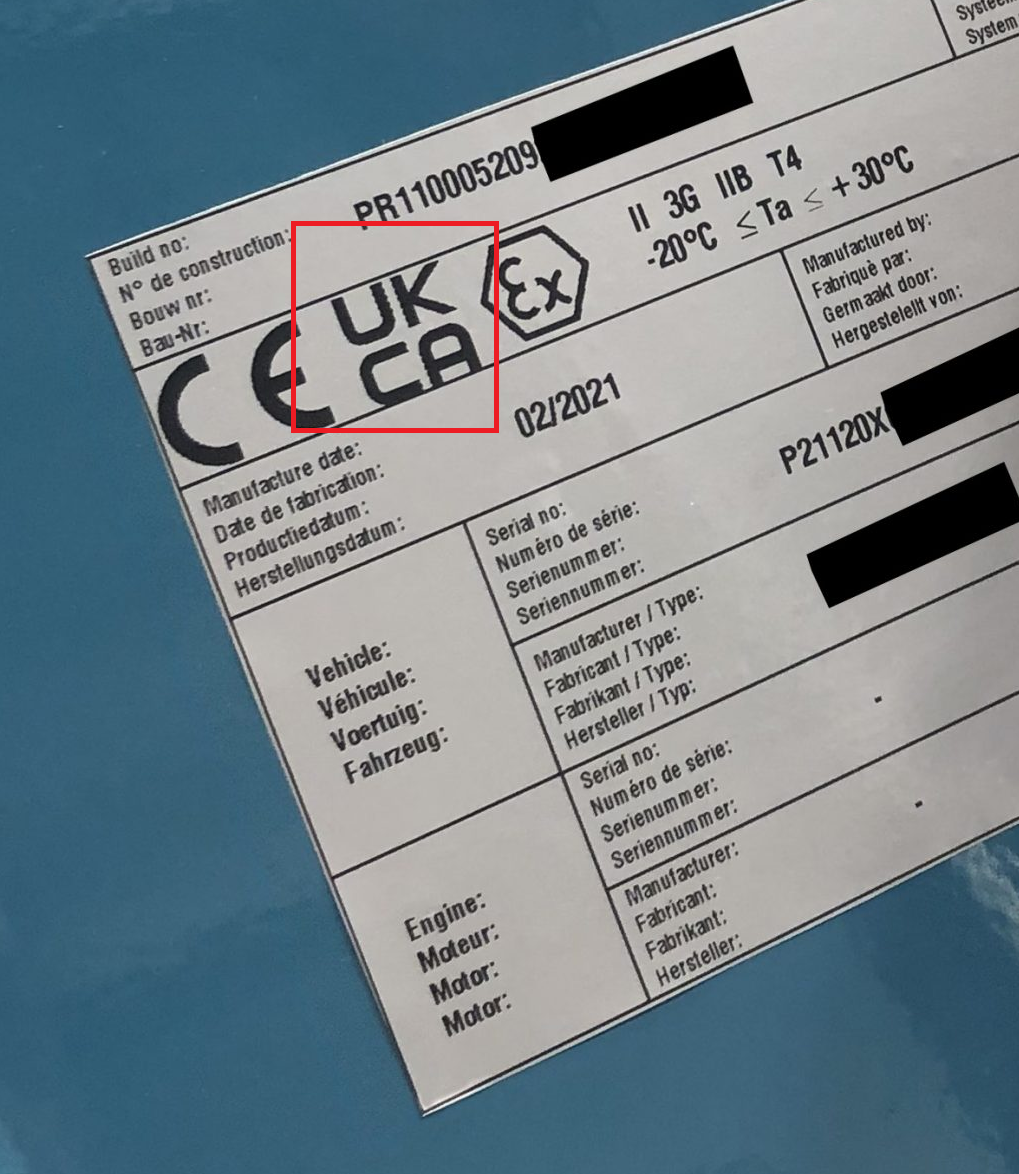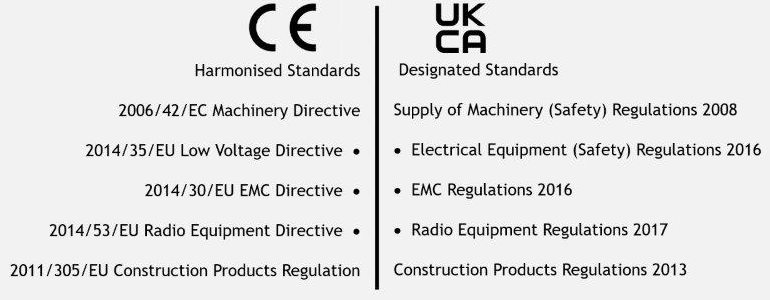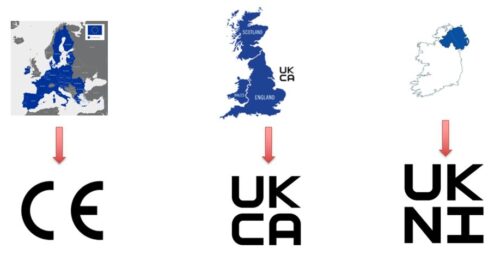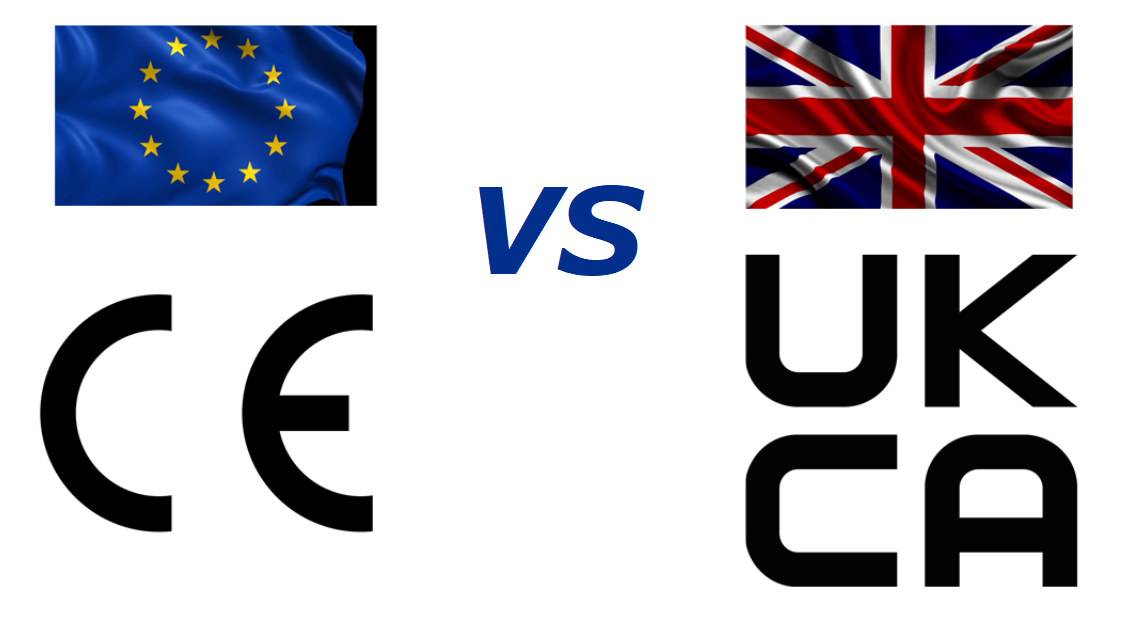How to use the new UKCA Mark and what it means for your business
On the 31st of January 2020, the United Kingdom executed Brexit and left the European Union and its associated CE Mark product compliance program behind.
Enter the UKCA Mark, otherwise known as the UK Conformity Assessment.
With the introduction of UKCA Marking, UK bodies can now no longer carry out CE mark conformity assessments for goods intended for Europe.
UKCA Marking rules are clear for products currently certified under the EMC, Low Voltage, Radio Equipment, or ATEX directives.
There are different rules for:
- Products regulated under the old approach, in particular: chemicals, medicines, vehicles, and aerospace.
- Products covered by national regulations (non-harmonized).
- Certain other products, such as medical devices, civil explosives, construction products, and rail interoperability.
There is a compliance grace period active until early 2022
Companies are being given time to account for this shift to the UKCA standard in two ways:
1) Companies are being allowed to phase shift into the UKCA mark.
2) CE Marking can still be valid in areas where the UK and EU’s laws remain the same.
In support of #1 the official UK government website on UKCA Marking has the following to state about this exception:
The UKCA marking came into effect on 1 January 2021. However, to allow businesses time to adjust to the new requirements, you will still be able to use the CE marking until 1 January 2022 in most cases.
And in support of #2, the current CE Mark compliance may still be valid as long as the rules do not change from the UK’s:
The CE marking is only valid in Great Britain for areas where GB and EU rules remain the same. If the EU changes its rules and you CE mark your product on the basis of those new rules you will not be able to use the CE marking to sell in Great Britain, even before 31 December 2021.

What are the differences between CE Marking and UKCA Marking from a standards POV?
UKCA directives are set to be almost completely aligned with CE Marking directives. Some examples of CE Marking directives include Electromagnetic Compatibility (EMC), Radio Equipment (RED, formerly R&TTE) and Low Voltage (LV).*
The CE Mark has harmonized standards and the UKCA Mark has designated standards.
This handy comparison chart below shows the equivalent standards between the two markings below:

The UKCA Mark is not valid in Ireland
Most important in this shift from CE Mark to the UKCA Mark is that the UKCA mark is not valid in Ireland.
According to the official UK government website on using the UKNI mark:
The Northern Ireland Protocol came into force on 1 January 2021. For as long as it is in force, Northern Ireland will align with all relevant EU rules relating to the placing on the market of manufactured goods. You must show that your products meet those rules by using ‘conformity markings.’
The UKNI marking is a new conformity marking for products placed on the market in Northern Ireland which have undergone mandatory third-party conformity assessment by a body based in the UK. This guidance explains how to use the UKNI marking (sometimes referred to as the UK(NI) mark or the UK(NI) indication).
In clear picture terms here are the designated geographies that require CE, UKCA, and UKNI markings:

Do you have a need for our services?
Lewis Bass can help your team identify the most common safety issues in your facility, along with providing immediate referrals to our trusted partners to address them on your behalf.
Not sure what service you need from us?
Take our service identifier quiz here.
Are you uncertain if your equipment is unlisted or not at your facility?
Lewis Bass has you covered here as well: download our unlisted equipment self-identification flyer here.
Do you have a need for an urgent machinery evaluation?
Please reach out to us using our contact form here or call/text us directly at our office line 408-942-8000. We are always available to help with rush jobs and permit-blocking safety situations at your facility.



